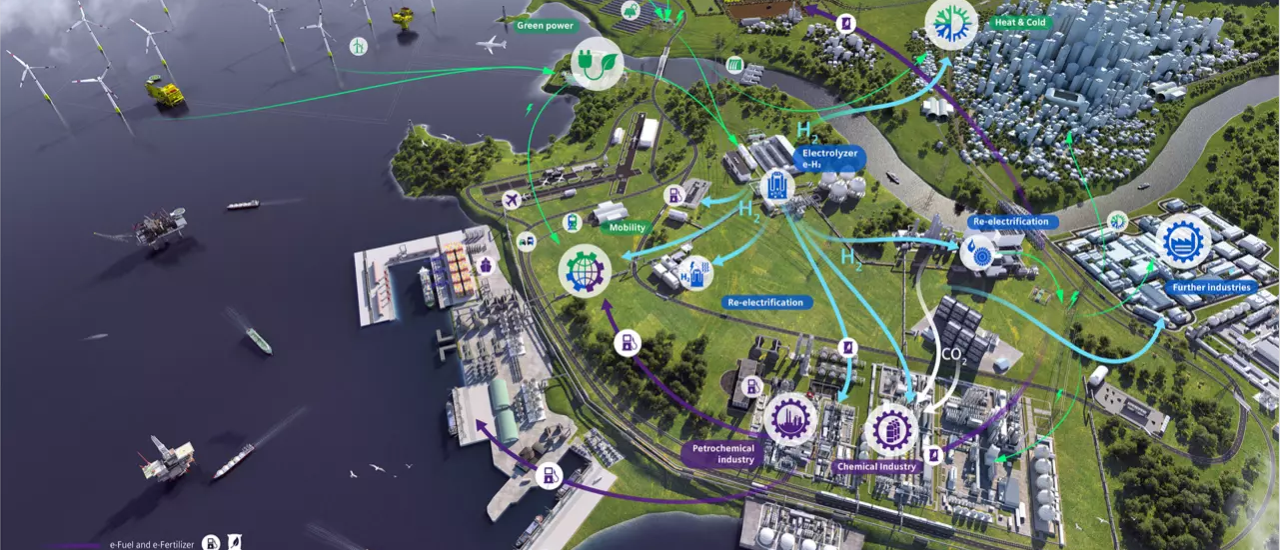The energy transition in a post-war world
Image: Siemens Energy AG
The Russian war in Ukraine will have severe implications on the shape and pace of the energy transition – not only in Europe but worldwide. We are already seeing shifts in the energy policy triangle, which usually aims to balance security of supply, affordability, and sustainability. For now, it seems, security of supply has taken over as priority #1. We shouldn't, however, make the mistake of losing sight of the other two goals. Instead, we need to ensure that energy does not become a divisive issue within societies. This applies to industrial nations – and it applies to our global community in which 800 million people still do not have access to electricity. We should also be very careful that our climate targets do not fall victim to the war. The latest IPCC report shows that the climate crisis does not take a break. There is no Planet B – this is true for nuclear threats, and it is also true for climate change.
How will the energy transition be shaped in a post-war world?
Although it might sound like a paradox amid the enormous uncertainties, maybe this new era also offers a historic opportunity for the global energy transition. How so? If we manage to reconcile the security of supply with decarbonization, expand renewable energies and sector coupling technologies.
Resilience
To begin with, our economies need to be much better prepared for scenarios where the energy supply is disrupted. We need to make our energy systems more resilient. This calls for a thorough analysis of the energy system with attention to strengths and weaknesses, interdependencies, and potential threats. It should also answer the question of which priorities an economy must set in the face of energy shortages. Resilience means energy reservoirs must be sufficient enough to balance sudden interruptions in supply. Politics and business must work together to safeguard the energy system against cyberattacks and to increase its cybersecurity in general. That, by the way, is an international task.
Win-win partnerships
Another angle we should consider is that green energy partnerships are becoming increasingly important. Some countries can contribute their know-how of energy transition by developing zero-carbon technologies; others have the natural conditions to provide green energy. This is how win-win partnerships need to be created. It is precisely the strength of these partnerships that will matter as we build a global green hydrogen economy.
When it comes to resilience of energy systems, diversity matters multiple energy suppliers, multiple energy supply routes, multiple fuel sources, and an emphasis on energy efficiency and security. Globalization is not over. But there is a tectonic shift from countries with abundant fossil resources to countries blessed with wind and sun as a source of renewable energy.
While transforming our energy systems, we must also be honest with ourselves: Until renewable energies are available in sufficient quantities, we will need bridge fuels like natural gas for at least one more investment cycle. That is why we should use proven technologies such as highly efficient gas-fired power plants. They can replace coal and reduce emissions by around 50% to two-thirds. These gas turbines should be hydrogen-capable for a future in which they can run on 100% green hydrogen. In other words, investments in gas technology are sustainable and not leading to stranded assets.
source: weforum.org

